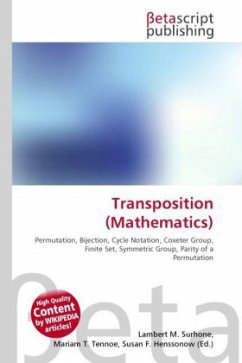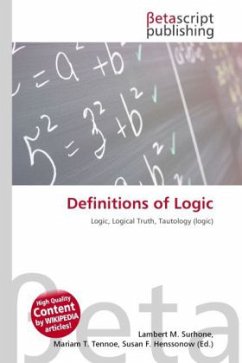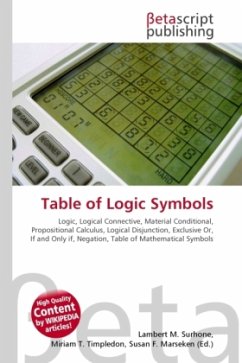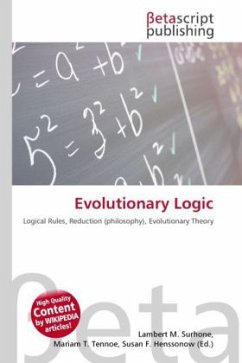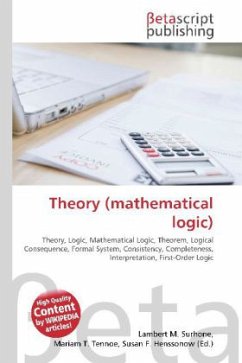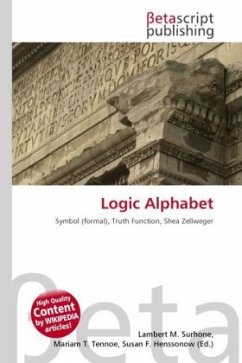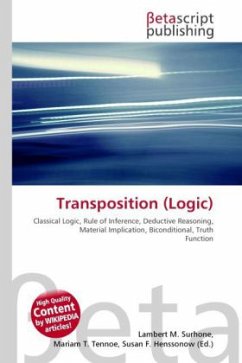
Transposition (Logic)
Versandkostenfrei!
Versandfertig in 6-10 Tagen
23,99 €
inkl. MwSt.

PAYBACK Punkte
12 °P sammeln!
High Quality Content by WIKIPEDIA articles! In the methods of deductive reasoning in classical logic, "transposition is the rule of inference that permits one to infer from the truth of "A implies B" the truth of "Not-B implies not-A", and conversely". Its symbolic expression is: (P Q) (~Q ~P) The " " is the symbol for material implication and the doubleheaded arrow " " indicates a biconditional relationship. The symbol "~" indicates negation. "P" and "Q" are components representing statements that form a truth functional compound proposition, where in a hypothetic proposition the first statem...
High Quality Content by WIKIPEDIA articles! In the methods of deductive reasoning in classical logic, "transposition is the rule of inference that permits one to infer from the truth of "A implies B" the truth of "Not-B implies not-A", and conversely". Its symbolic expression is: (P Q) (~Q ~P) The " " is the symbol for material implication and the doubleheaded arrow " " indicates a biconditional relationship. The symbol "~" indicates negation. "P" and "Q" are components representing statements that form a truth functional compound proposition, where in a hypothetic proposition the first statement will be the antecedent and the last statement will be the consequent. The expression "truth function" has distinctive applications in philosophical logic and mathematical logic. This article concerns its philosophical application. (See also Transposition (mathematics)).



